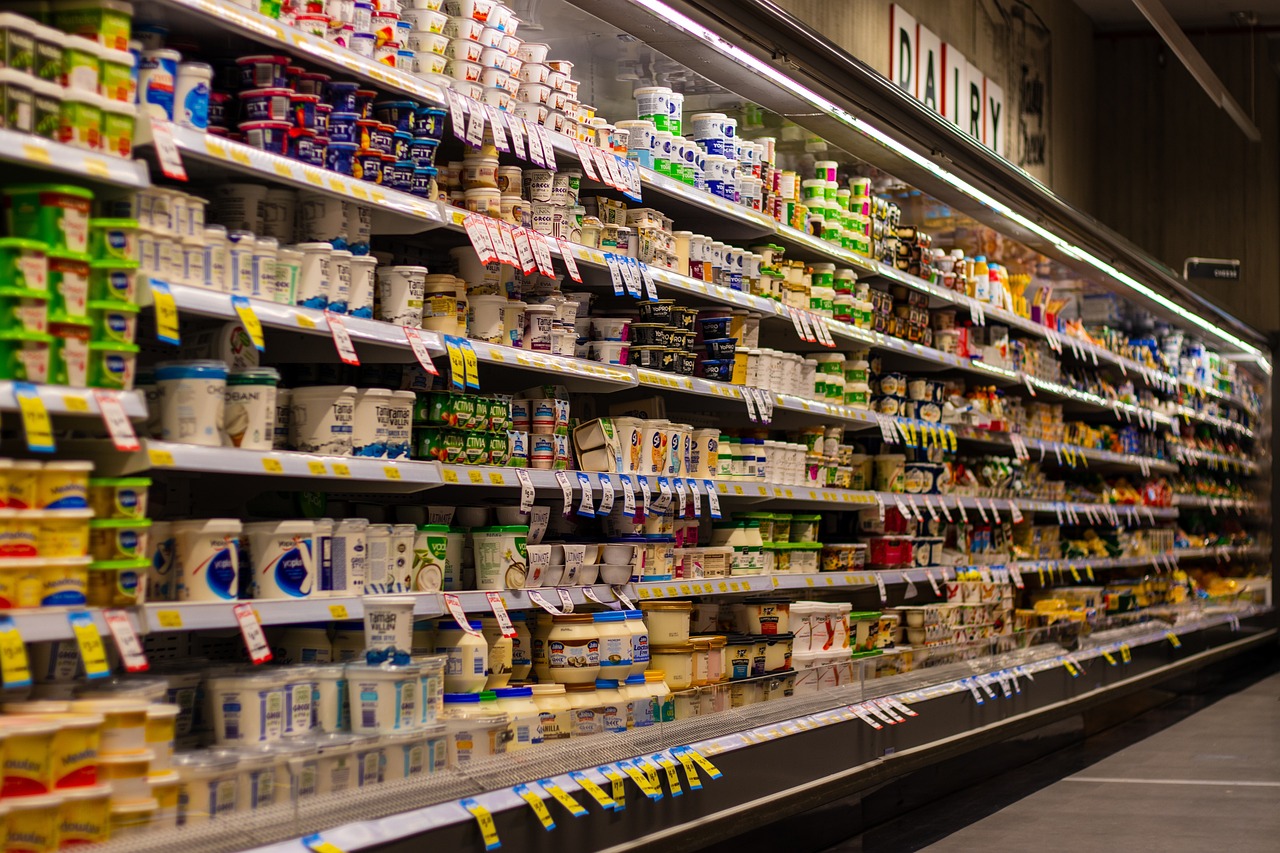
How Meal Planning and Prep Can Save You Hundreds Every Month
Did you know the average American family wastes 30-40% of their food? That’s like tossing $130–$173 in the trash for every $100 spent on groceries each month. And this doesn’t even include what we spend eating out.
On top of that, Americans eat 18.2 meals per month outside the home on average (thesimpledollar.com). With the typical meal costing around $15, that’s an additional $273/month.
When you combine food waste and dining out, we’re looking at up to $443/month in preventable food-related expenses—and often even more.
The Problem: Food Waste and Overspending
Do you ever find yourself throwing out half the produce you buy because it spoils before you can use it? Or feel frustrated by how much you spend at the grocery store, only to still end up eating out?

If this sounds familiar, I’ve been there too. For years, I struggled with meal planning. I’d find complicated recipes, buy specialty ingredients, and then end up throwing it all away—sometimes moldy tomatoes and all.
The Solution: Simple, Effective Meal Planning
Here’s the truth: Meal planning doesn’t have to be complicated or time-consuming. The key is to keep it simple, flexible, and practical. I’ve finally learned how to plan meals that use the same ingredients across multiple recipes, saving me both money and frustration.
I’ll be honest—I don’t love cooking, especially for one person. But by learning a few tips and tricks, I’ve made it manageable. Today, I’ll share my process with you.
My Meal Planning Process

1. Start with a Recipe Book
First, I made a list of all the meals I know how to cook. I used to keep this list in a phone note, but now I use an app called Plan to Eat (not sponsored). It lets you save recipes, plan your meals on a calendar, and even generate a shopping list.
If you prefer pen and paper like I sometimes do, that works too! I’ll show you my printable meal planning sheet later in this post. (Let me know in the comments if you’d like a demo of Plan to Eat!)
2. Check Your Inventory
Next, I check what’s already in my pantry and freezer. I sometimes keep an inventory list on my phone, but when I don’t, I just do a quick scan to avoid buying duplicates (like the three bags of frozen chicken I’ve ended up with before—true story).
3. Use a Weekly Meal Planner
I print out my Weekly Meal Planner (grab the free downloadable here) and fill in meals for each day. My planner has sections for breakfast, lunch, dinner, and three snacks per day. This layout helps me follow the guidelines from my diabetes prevention program—three small meals and three nutritious snacks daily.
I also flip through old planners for inspiration when I’m stuck on ideas.
4. Build Your Shopping List
Once I plan my meals, I create a shopping list, including the ingredients I need, household items like toilet paper and cleaning supplies, and personal care items such as shampoo and deodorant.
5. Prep Snacks and Ingredients
When I bring groceries home, prepping snacks immediately is a game changer. I portion out fruits and vegetables into reusable containers so they’re ready to grab when I’m hungry. This small step prevents spoilage and helps me avoid overeating.
For example:
- I wash strawberries right away so they’re easy to eat.
- I portion grapes into single servings to prevent mindlessly eating an entire bag.
I use affordable containers from Walmart (a 5-pack for $3.46). They’re not leakproof, but they’re perfect for storing fruits and veggies.
Tips for Success
Meal planning only works if you stick to it! Prepping ingredients and snacks ahead of time has drastically reduced my food waste. And remember, this process isn’t one-size-fits-all. Your biggest food waste challenges might be different from mine.
Let me know in the comments:
- What’s your biggest struggle with meal planning and prep?
- What tips have worked for you?
Closing Thoughts
That’s all for today! I hope this post helps you feel more confident about meal planning and inspired to reduce food waste. If you enjoyed it, let me know in the comments. And if there’s a topic you’d like me to cover in the future, I’d love to hear your ideas.
Thanks for reading, and have a wonderful week! Bye!
Originally published in November, 2021. Rewritten December, 2024.

